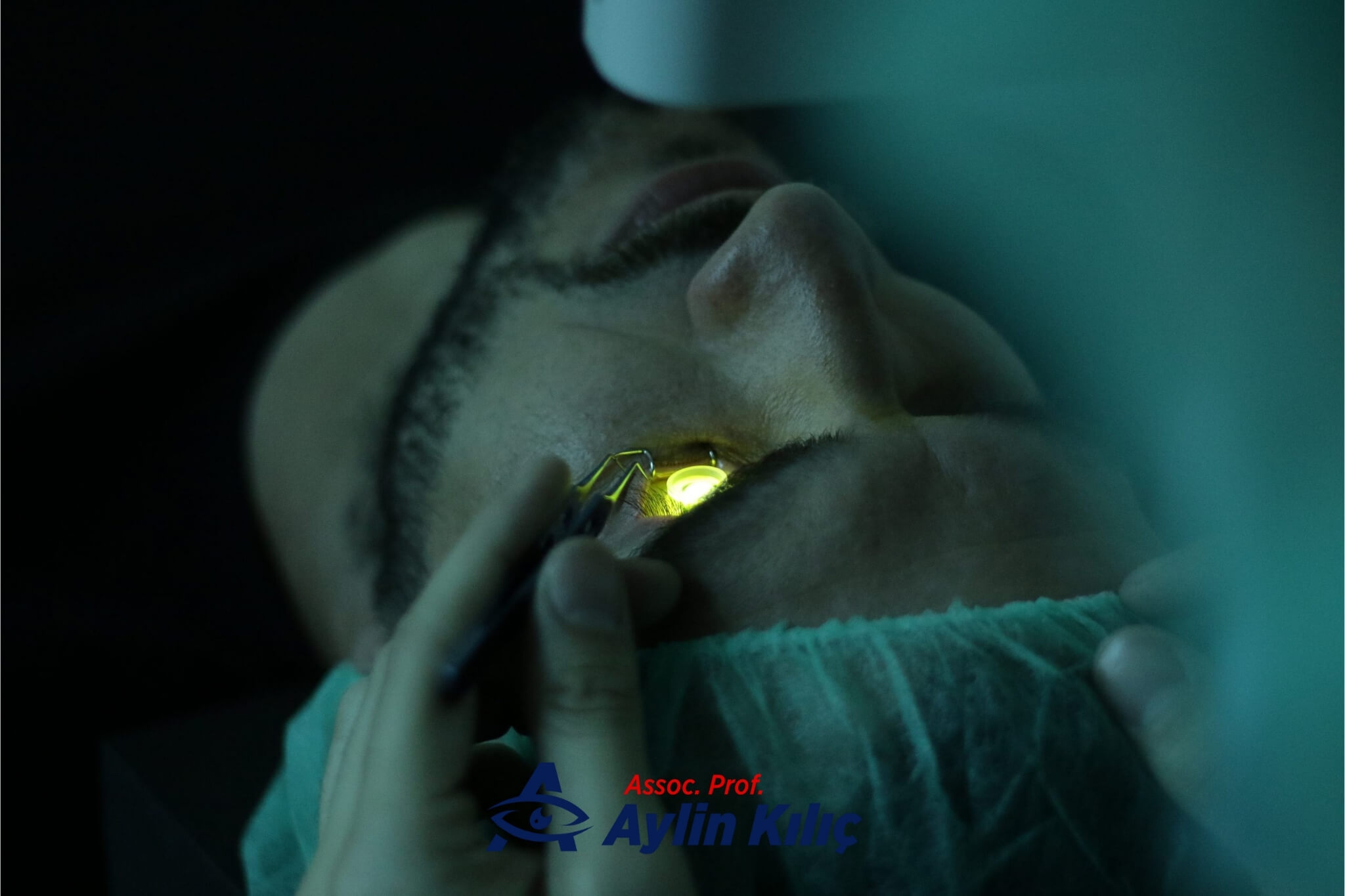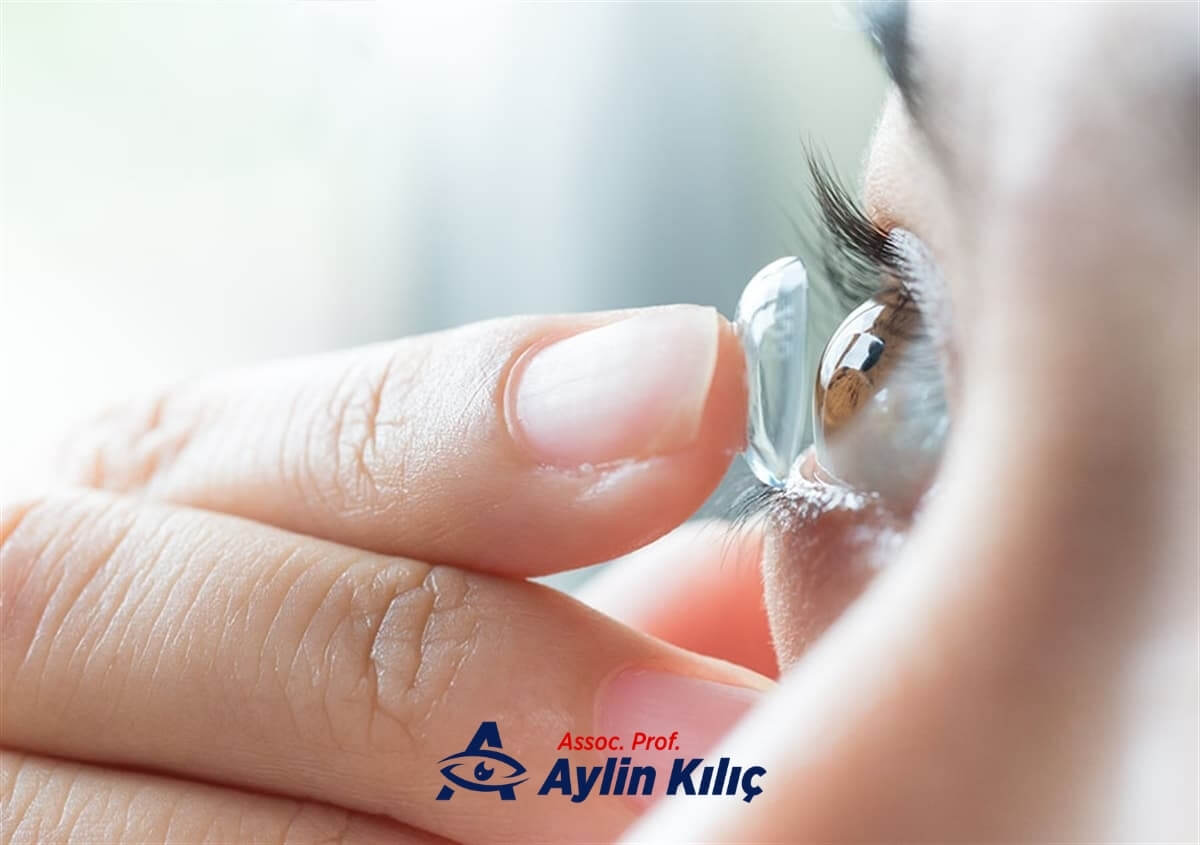Keratoconus, a condition characterized by progressive thinning and swelling of the cornea, poses unique challenges for both patients and eye care professionals. Fortunately, a wide range of treatment options have been developed over time with the impact of advancing technology.
Current treatment options include laser therapy, hybrid therapy and CAIRS (Corneal Allogeneic Intrastromal Ring Segments). We are talking about three different approaches, each with its own benefits and considerations. Let’s explore the key differences between these treatments to help people with keratoconus make informed decisions about their eye care journey.
Laser Treatment for Keratoconus
Laser treatment for keratoconus is usually performed following the Athens Protocol developed by Dr. Kanellopoulos and combines topography-guided laser therapy with corneal cross-linking (CXL). While it aims to reshape the cornea and strengthen its structure, laser treatment involves the removal of corneal tissue, potentially thinning an already weakened cornea.
Things to watch out for
- The irreversible nature of laser treatment means that careful patient selection is crucial to minimize risks.
- Potential complications such as corneal clouding can blur the transparent tissue, leading to permanent vision loss.
- The long-term stability of outcomes can vary, requiring ongoing monitoring and potential retreatment.
 Hybrid Therapy in Keratocunus
Hybrid Therapy in Keratocunus
Hybrid treatment for keratoconus, contrary to popular belief, is not laser treatment, has not been academically published internationally, primarily involves the use of scleral contact lenses, and offers a non-invasive and reversible approach to improve vision and comfort for patients.
Things to be aware of
- Scleral lenses provide a smooth optical surface by vaulting over the irregular corneal shape without altering the corneal structure.
- Regular follow-up and adjustments are necessary to ensure optimal fit and visual results.
 CAIRS (Corneal Allogenic Intrastromal Ring Segments)
CAIRS (Corneal Allogenic Intrastromal Ring Segments)
CAIRS involves the placement of intrastromal ring segments in the cornea to reshape its curvature and reduce the progression of keratoconus.
Things to watch out for
- The procedure is reversible and does not involve corneal tissue removal, which minimizes the risk of corneal thinning.
- Keranatural is a notable product in the CAIRS category and improves safety by enabling human tissue to be added to the cornea away from visual access points.
- It is reversible, instead of thinning the cornea like laser treatment or removing tissue from an already weak cornea, the weakened cornea is supported with collagen, that is, it is spliced, supported.
In conclusion, laser therapy, hybrid therapy and CAIRS offer different options for the treatment of keratoconus, each with its own advantages and considerations. Patients should work closely with their eye care professional to determine the most appropriate treatment approach based on their individual needs, disease severity and risk factors. By understanding the nuances of these treatment options, individuals with keratoconus can embark on the path to better vision and a better quality of life with confidence and clarity.




 Hybrid Therapy in Keratocunus
Hybrid Therapy in Keratocunus CAIRS (Corneal Allogenic Intrastromal Ring Segments)
CAIRS (Corneal Allogenic Intrastromal Ring Segments)